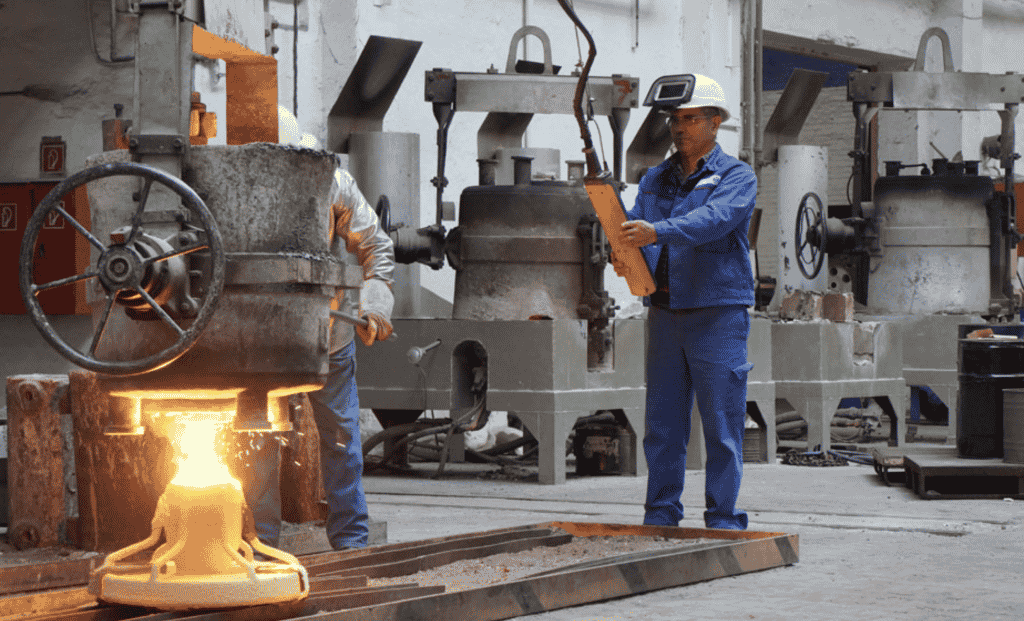Investment casting is a manufacturing process that uses a wax pattern to create a precise duplicate of an object. The wax pattern is then coated in a ceramic material and placed in a furnace. The furnace is heated until the wax melts, and the ceramic material hardens, forming a replica of the original object. Investment casting is often used to create parts for machines, vehicles, and other objects that must have a high level of precision.
What are the advantages of investment casting?
The process of investment casting allows for parts to be created with excellent detail and a high-quality finish. All castings are made from virgin materials and so there is no extra machining or finishing.
The origins of investment casting can be traced back to the ancient Egyptians.
The origins of investment casting can be traced back to the ancient Egyptians. They were some of the first to use a lost-wax casting technique to create intricate figurines and other objects. This process involves creating a wax model of the desired object, coating it in a ceramic material, and then heating it until the wax melts and is drained away. This leaves a cavity that can be filled with molten metal, resulting in a cast replica of the original wax model. Investment casting is still used today to create parts for everything from medical devices to airplane engines.
How does investment casting work?
In investment casting, a wax or thermoplastic pattern is created from a 3D CAD model. The pattern is then used to create a mold cavity by injection molding, die casting, or centrifugal casting. Molten metal is then poured into the mold and allowed to cool. The casting can be removed from the mold once it has cooled.
What are the benefits of investment casting?
1. Investment casting is a process that is used to create metal parts from wax molds. The parts are made by pouring molten metal into a mold that has been created using a wax copy of the desired part.
2. There are several benefits to using investment casting for manufacturing parts. First, the process is very versatile and can be used to create parts with a wide range of shapes and sizes. Second, it produces high-quality parts with tight tolerances. Third, it is an efficient process that can be used to produce small or large quantities of parts. Finally, it is a cost-effective process that can save money on manufacturing costs.
What are the drawbacks of investment casting?
The advantages of investment casting are many: accuracy, repeatability, and a wide range of materials that can be cast. But, there are some drawbacks to this process. One is that the process can be expensive, depending on the size and complexity of the part. Another is that it can be difficult to get a perfect surface finish on large parts. And finally, the process can take longer than other methods such as machining or die casting.
Is investment casting the right choice for your project?
In conclusion, investment casting may be the right choice for your project. It is a versatile process that can create components with a wide range of shapes and sizes. It also has some benefits, including accuracy, consistency, and durability.
